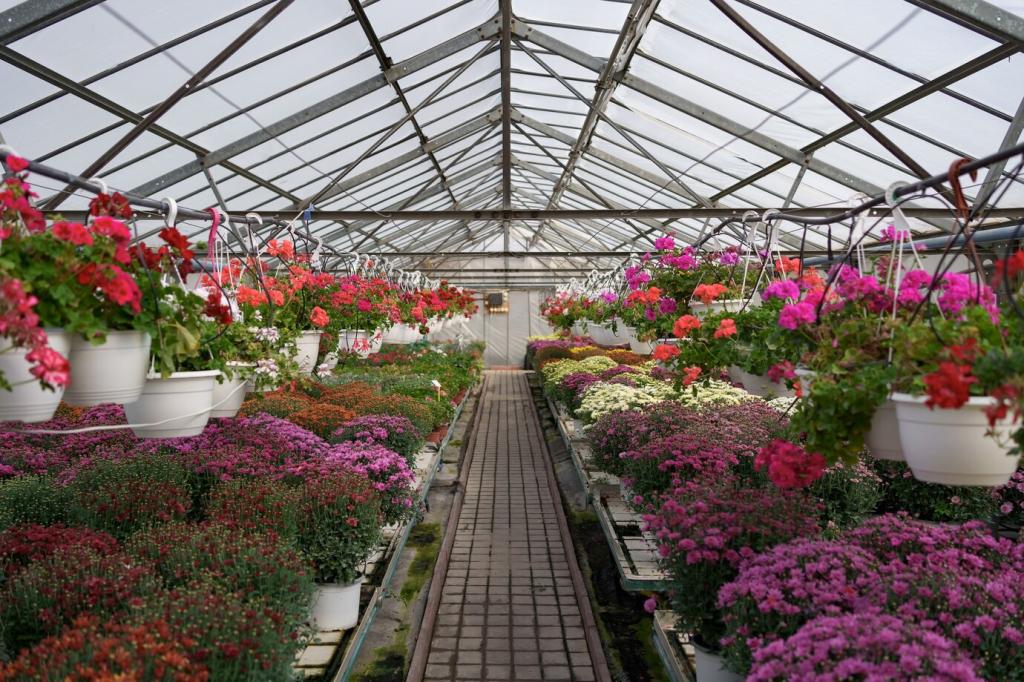Designing Your Own System
Multiply average rainfall by roof area and a runoff coefficient to forecast supply, then compare it with irrigation and household needs. A small notebook or app can track rainfall for accuracy. Post your monthly totals and subscribe to receive a custom sizing worksheet.
Designing Your Own System
Poly, fiberglass, and concrete tanks each bring trade-offs in durability, taste neutrality, and installation difficulty. Consider UV resistance, seismic restraints, and safe foundations. Ask us about your climate and we’ll suggest tank colors, insulation, and shading strategies to reduce algae.





